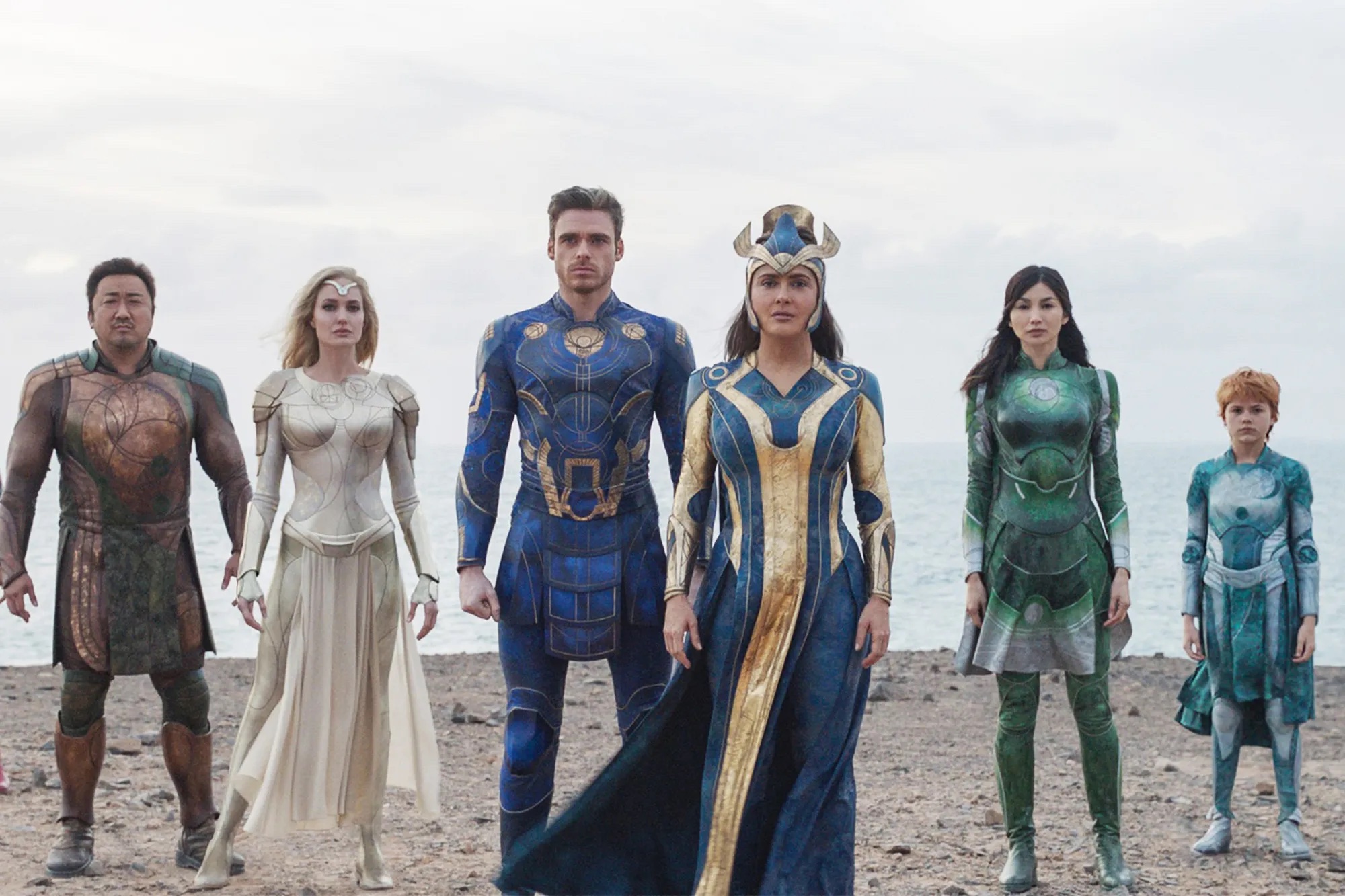Table of Contents Show
With the release of Marvel’s Eternals (2021), the question of whether diversity is being forced on modern movies has been growing amongst viewers. However, diverse casts in film from the 90s or early 2000s don’t receive nearly the same amount of criticism as movies that come out now. Why are certain movies heralded as the best representation of diversity while others are accused of pandering and are seen as “trying too hard?” Most of the criticisms are racially and homophobically oriented, but some are founded on honest criticisms of marketing, political climate, and stereotypes. In light of this, how should the media deal with diversity in the future?
Was Diversity Forced Before?
In order to analyze why modern portrayals of diversity are forced, we first need to look back at movies with diverse casts and understand why they weren’t criticized nearly as much as movies with diverse casts nowadays. Cinderella (1997) is an excellent example of a successful film with a diverse cast that has received overwhelmingly positive ratings, been nominated for several awards, and won one Primetime Emmy Award for Outstanding Art Direction for a Variety or Music Program. Additionally, it’s considered one of the best film adaptations of the fairytale. There are countless remakes of the fairytale, so this opinion is quite the compliment.
The film contains an incredibly diverse cast, one that is diverse even according to modern standards. Having multiple Black characters and a Filipino character, the inclusion was unprecedented. Many critics call it the most important movie of its time to open the media scene to diversity. While it did receive some passive-aggressive reviews, its reception was almost entirely positive. Why? Why did this movie receive positive reviews in a society that was, frankly, a lot less accepting than today compared to a movie like Eternals?
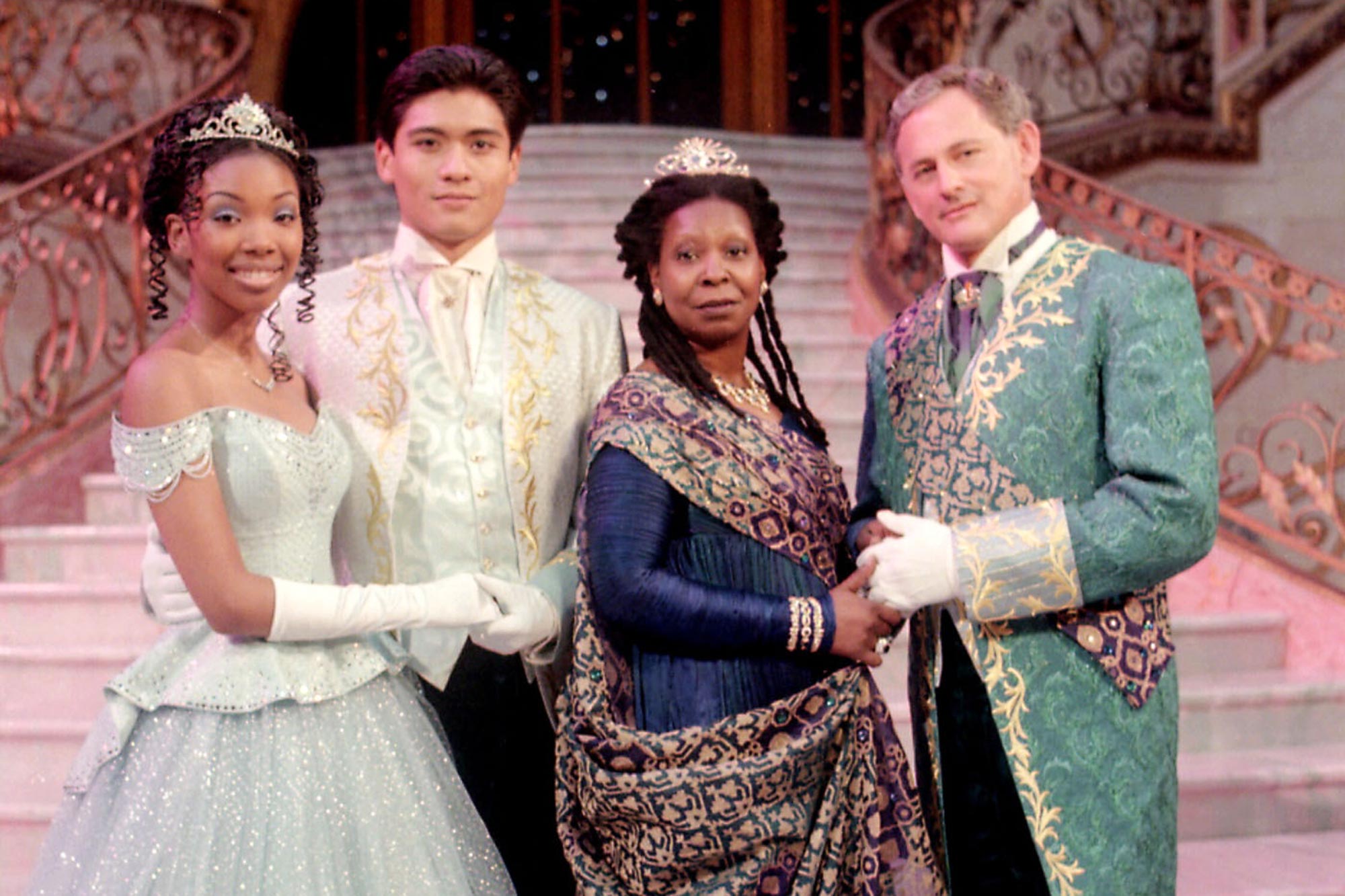
One obvious factor could be because it contained well-known actors and singers like Whoopi Goldberg and Brandy, so people focused more on the fact that they recognize the actors than connecting the actors to the role they’re playing. It is more difficult to criticize a movie that contains actors you love; meanwhile, many cast members from Eternals are unknown to the mainstream audience (when I mention “mainstream” audiences, I really mean “white” audiences because they control the mainstream media).
Crazy Rich Asians (2018)
Gemma Chan is best known for her role in Crazy Rich Asians (2018), and the audience demographics for that movie most likely were not majority white. Additionally, Don Lee (or Ma Dong-seok) is mainly known for Korean movies like Train to Busan (2016). These actors are accomplished, certainly, but they might as well have been breakout actors for the mainstream white audience. So it’s easier for audiences to argue that casting agents and producers are shoving diversity in their faces when they don’t know the actors since the actors are chosen primarily because of their race, not because they are already famous.
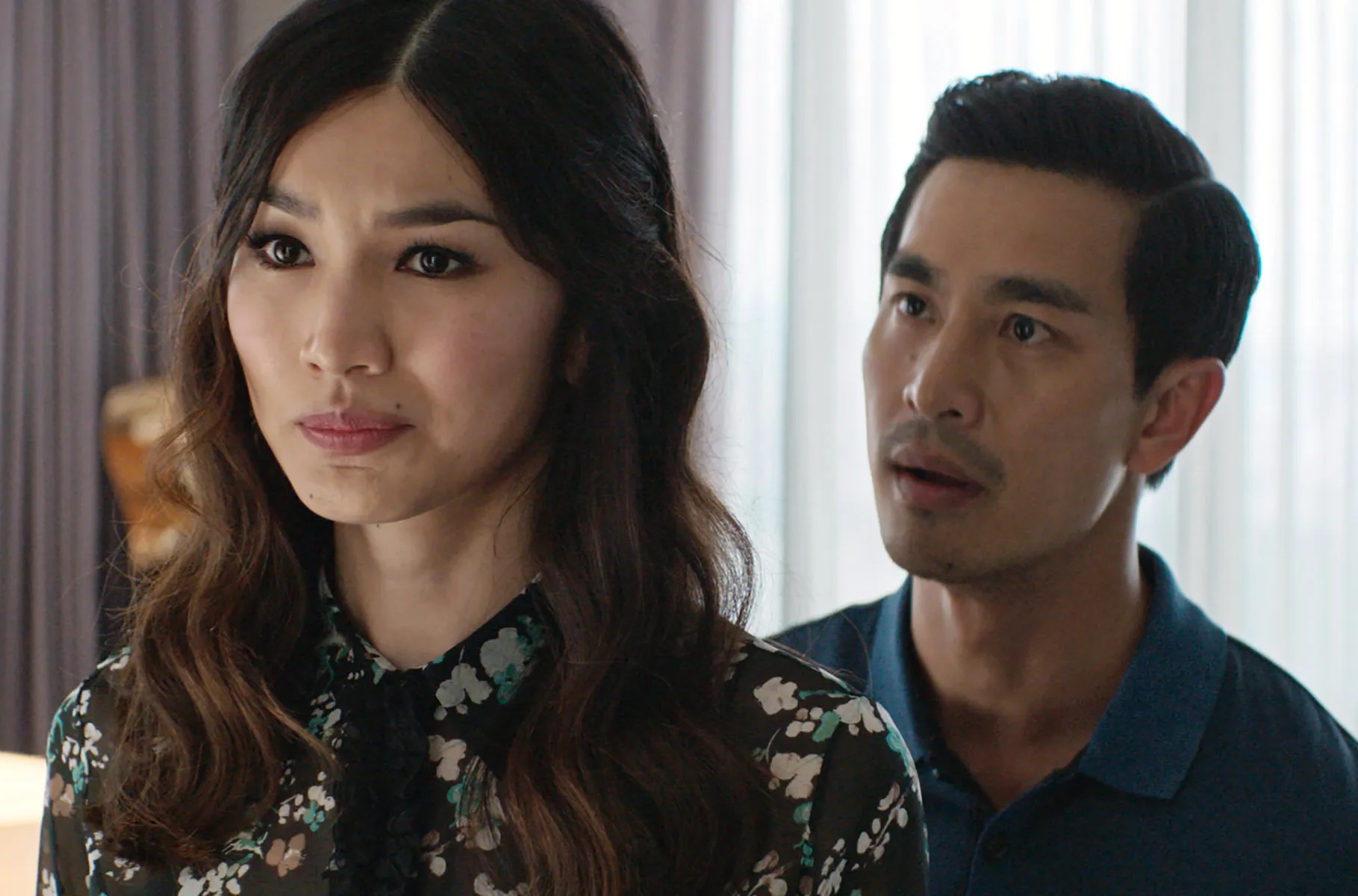
Another reason why Cinderella was so successful was because of the period it was released. This may seem counterintuitive — wasn’t society in the 90s a lot more conservative and racist? However, because the media was oversaturated with white actors, the new diverse cast was a breath of fresh air. Additionally, a vast majority of the audience was children, so they received the movie positively because they were young. They had no concept of what diversity is; they saw a pretty princess and were entranced. Those same children, now adults, remember that movie fondly because it was in their childhood, and they see diverse modern movies differently because they’re adults.
For the adult critics of the time, since the film was so unprecedented, the fact that it made history made the racist criticisms easy to overlook. The diversity was downright impressive, and whatever criticisms were thrown at the movie slid down because of its accomplishments. Nowadays, there are still record-breaking additions to diversity (think of headlines like “First Asian Actor to…” or “First Latina to…”), but it’s nothing audiences haven’t seen before.
80s, 90s, & 00s Diversity
Modern diversity is more criticized because audiences have been exposed to diversity. Another more sinister, prejudiced reason diversity feels forced nowadays is that audiences are not used to seeing people of color as people and not walking stereotypes. “Diverse” movies from the 80s and 90s, such as Beverly Hills Cop (1984), Rush Hour (1998), and The Legend of Zorro (2005), didn’t receive as many criticisms as movies now because they are based on racist stereotypes. Stereotypes are comfortable; they’re well-known, so mainstream audiences can fall back on those stereotypes, which match the preconception of their belief that race, gender, or sexuality should act so they don’t have to think too critically.
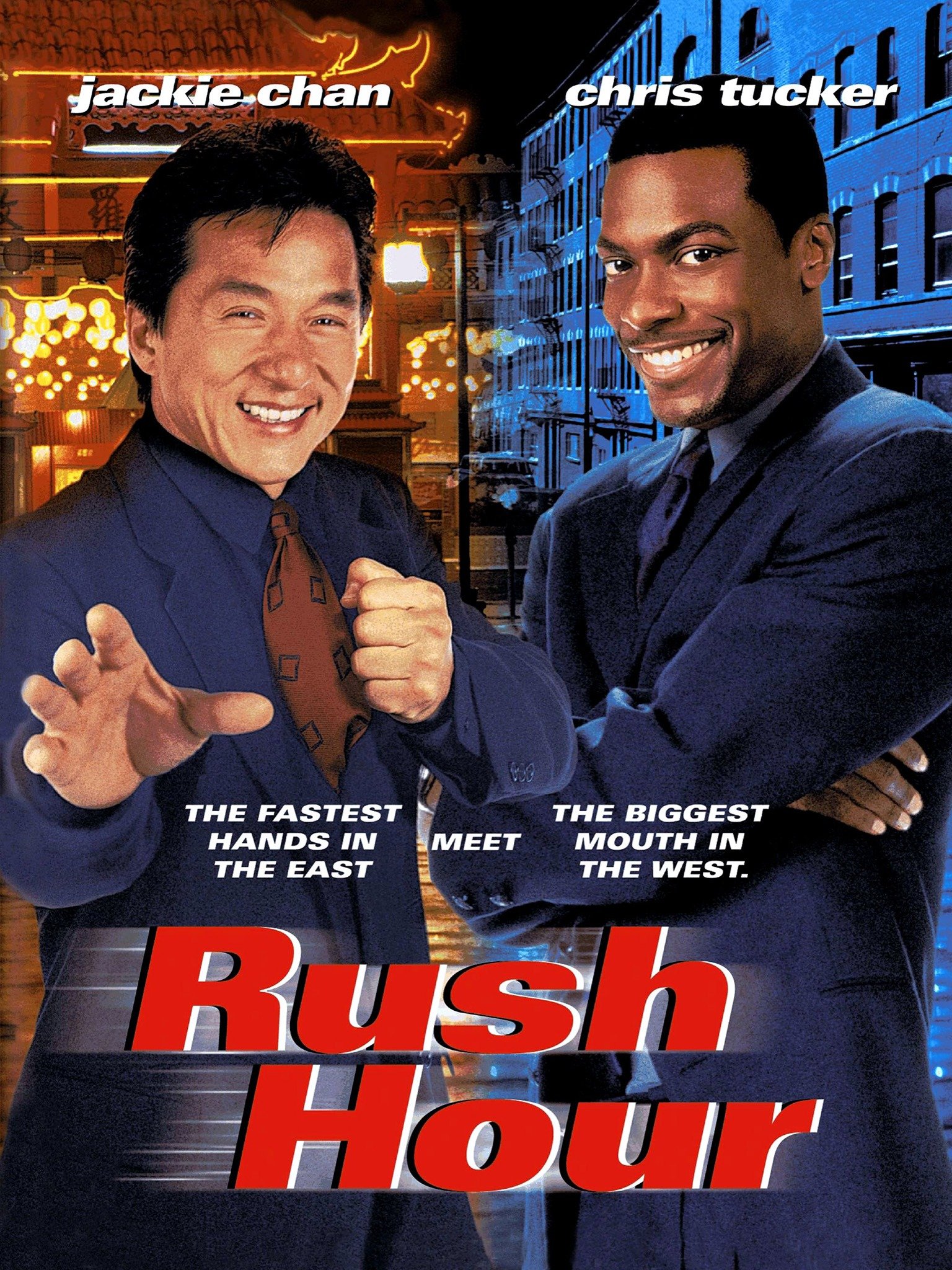
Yes, these movies were diverse, but they were diverse for all the wrong reasons. As seen in the movie poster above for Rush Hour (1998), they had racist stereotypes advertised on the posters themselves. For example, an Asian man will be a master at martial arts, and the Black man will have a “big” mouth and shout every sentence and be aggressive. These movies were indeed funny and entertaining to watch, but to say they were diverse and that audiences didn’t care about the diversity are false assumptions.
Audiences cared about diversity, but only if the diversity matched with their preconceived notions of characters of color. When modern movies do away with these stereotypes, they are seen as trying too hard because they are trying to make POC good characters, not walking stereotypes. These diverse casts were also sanctioned mostly to action movies, whereas romance, horror, and other genres were still overwhelmingly white. So, have modern films adapted to these changes recently? Have they done a good job of moving past stereotypes and integrating diversity into more genres, and how have audiences reacted to this new integration?
Diversity’s Role In Modern Media
Eternals (2021) is one of the most prominent examples of a diverse cast backfiring in modern form. Now, most professional critiques of the movie are not about the cast but rather about the film’s pacing and character development, which are valid critiques. However, because the movie has many flaws while coincidentally having record-breaking firsts in diversity for the MCU and movie industry in general, people leaving the theater tend to conflate the two. As a result, some critics believe that the movie isn’t “bad” and diverse — it is bad because it is diverse. Eternals was “trying too hard” to include more diversity, so it lacked in other aspects; therefore, movies need to stop focusing on diversity.
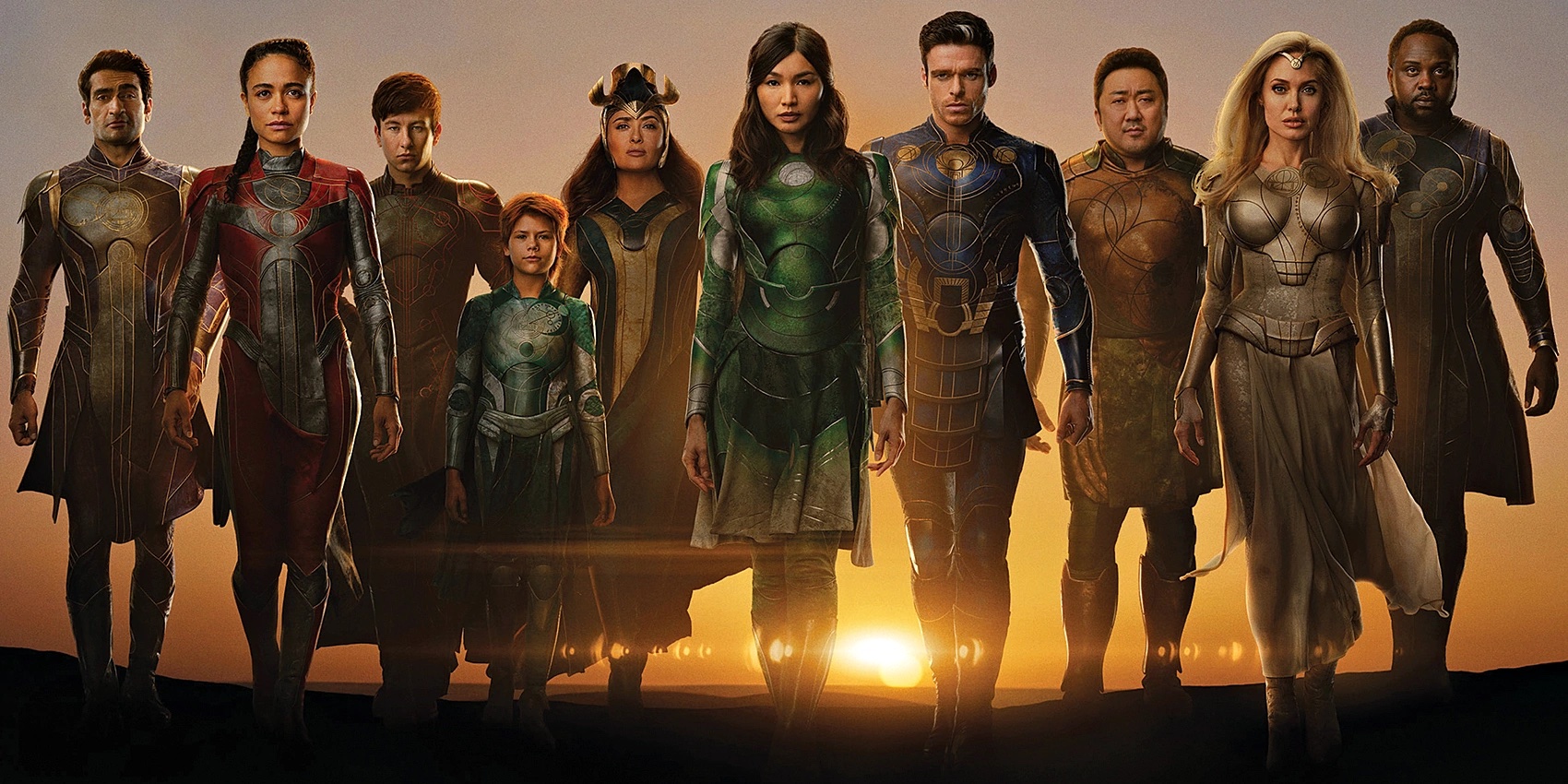
While this opinion is rooted in racism, misogyny, ableism, and other prejudices, it is an undeniable one that is likely to permeate if the industry produces more movies with diverse casts and noticeable flaws. This is plain unfair: why do diverse films have to work harder than all-white movies just so they don’t get criticized for caring more about scoring diversity points and get prejudiced hate thrown at them? This newfound intolerant hate of diversity could be rooted in the modern-day political climate.
People are not necessarily more prejudiced now than they were before — it is very much the opposite. Rather, people are much more vitriolic in their hate with our modern polarized society. Instead of taking movies at face value and critiquing them for their flaws, they see how diverse they are and attribute their deficiencies to the fact that they are diverse. They see it as “pandering” that the movie industry is trying to get a quick buck by sticking diversity hires together and hoping that will cover the rest of their flaws. Then, they stick to their prejudiced guns and conclude that movies are diverse enough by having one Black side character and calling it a day.
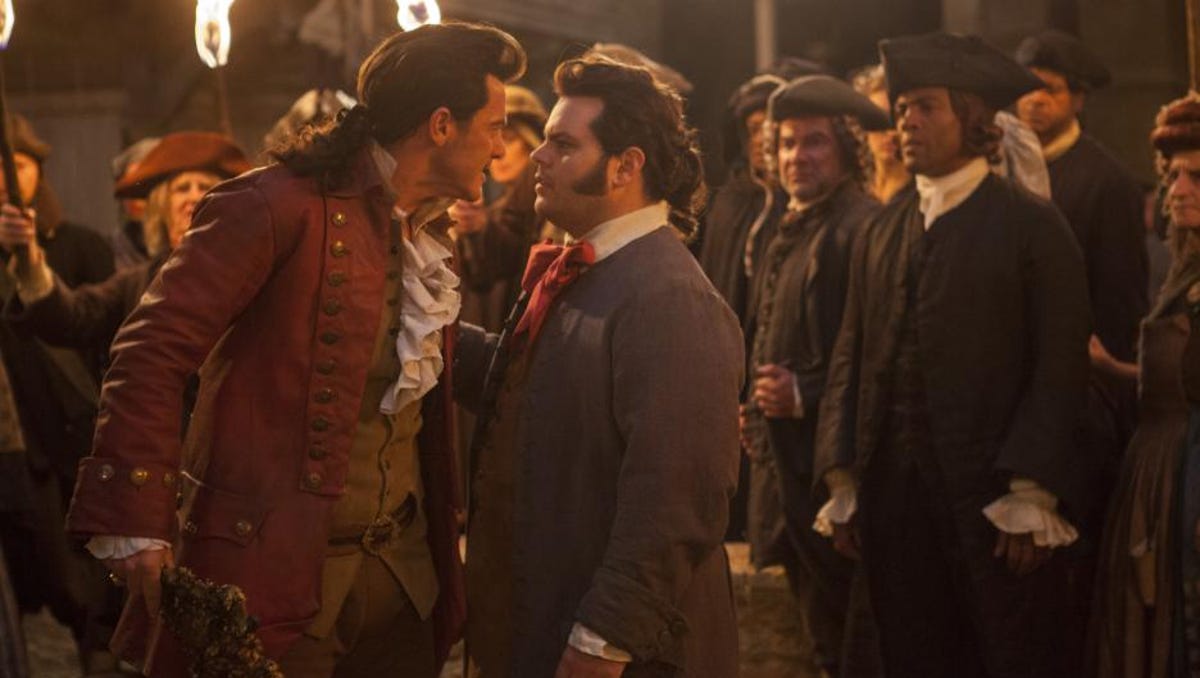
But this idea of “pandering” is more than valid. Taking away the prejudiced conclusion that diversity is the enemy of the movie industry, many people feel that the move toward inclusion in modern movies is much too obvious. For example, the many “firsts” the MCU and Disney are advertising. LeFou is a prominent example of Disney pandering to the LGBT community by giving just enough representation to get them to buy a ticket but holding back enough so that they can still sell the movies to homophobic countries that can just cut the scene out. They are giving crumbs to sell tickets, and they have even used the term “Disney’s first gay character” multiple times to continue that mystique of LGBT representation.
It’s queer-baiting at its finest, and it’s very see-through. MCU had the same situation when they heralded the introduction of their first gay character, who had two lines of dialogue where he was lamenting the loss of his husband in Avengers: Endgame (2019). There were multiple articles written about and major excitement raised for this character, but it was inconsequential in the grand scheme of things. This criticism of “pandering” is the same as the criticism mentioned previously, except this one is not based on prejudice but based on exhaustion. Minorities are constantly lobbying and hoping for representation, wanting to see themselves onscreen, but are disappointed continuously when their portrayals fall into the same stereotypes (the sassy Black woman or smart Asian or fiery Latina) or are given crumbs that are marketed as if the minority character has a bigger role.
So it is agreed upon that diversity is forced to certain degrees, but certainly not for the same discriminatory reasons. Diversity is not forced because it’s bad; it’s forced because movie studios are trying to seem “woke” and are profiting off minorities’ hopes to see themselves onscreen.
What Works For Diversity And What Doesn’t?
There is no hard and fast rule for diversity. That is the most frustrating part for audiences and movie studios alike. What one movie studio does with diversity will make the majority of an audience happy, while if another movie studio does the same thing, it causes an uproar. This shows that the precarious issue of diversity in modern movies has no rhyme or reason, and critics and movie studios must take reactions with a grain of salt. Most of the time, the grounding is either racist or is easily disproved by another piece.
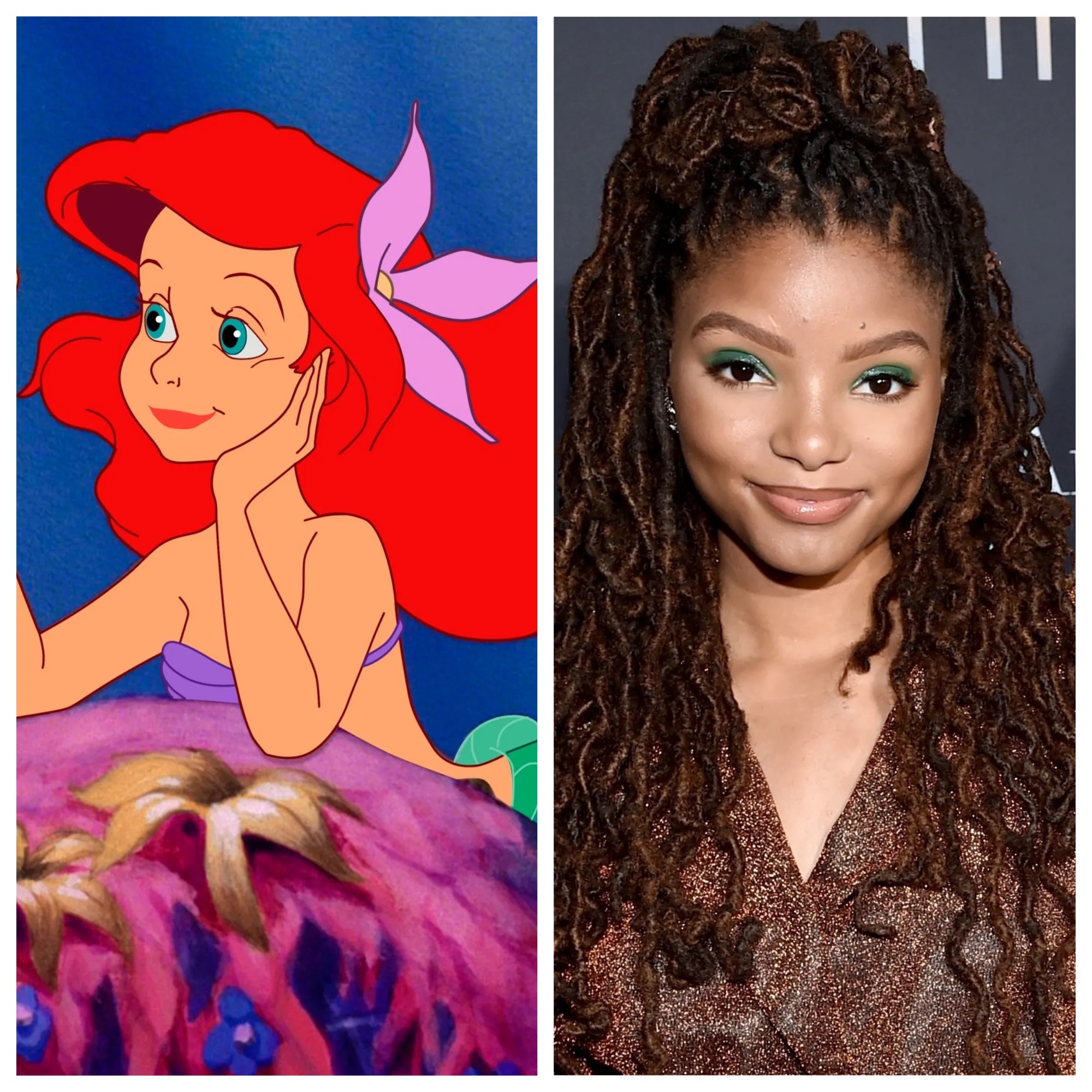
The most significant modern example of this is the reaction to Cinderella compared to The Little Mermaid (2023). The second Halle Bailey was announced to play the part of Ariel in the upcoming movie; it had an overwhelming backlash from the Internet. People complaining about movie studios casting a Black woman to play the beloved redhead took over articles and social media, citing a variety of reasons. Shock value, cash grab, an attempt to be “woke,” badly trying to integrate more diversity into fairytales. Whatever the reason was, there wasn’t nearly the backlash to Cinderella, which had a much more diverse cast and starred a Black woman as one of the most famous and recognizable princesses.
There is no concrete reason for this disparity. Could it be because Ariel might lose her characteristic red flowing hair? Is it because Cinderella was just that much of an unprecedented movie that it blew people’s prejudices away? None of these reasons are backed up by fact or logic. The only thing this disparity shows is that movie studios can’t win when it comes to diversity. Some more glaring issues, like the apparent pandering and cash-grabbing, need to stop. But when something like this happens, where a movie studio tries to reimagine a classic children’s tale as more diverse, it can go one of two ways, and there’s no predicting which way it will go.
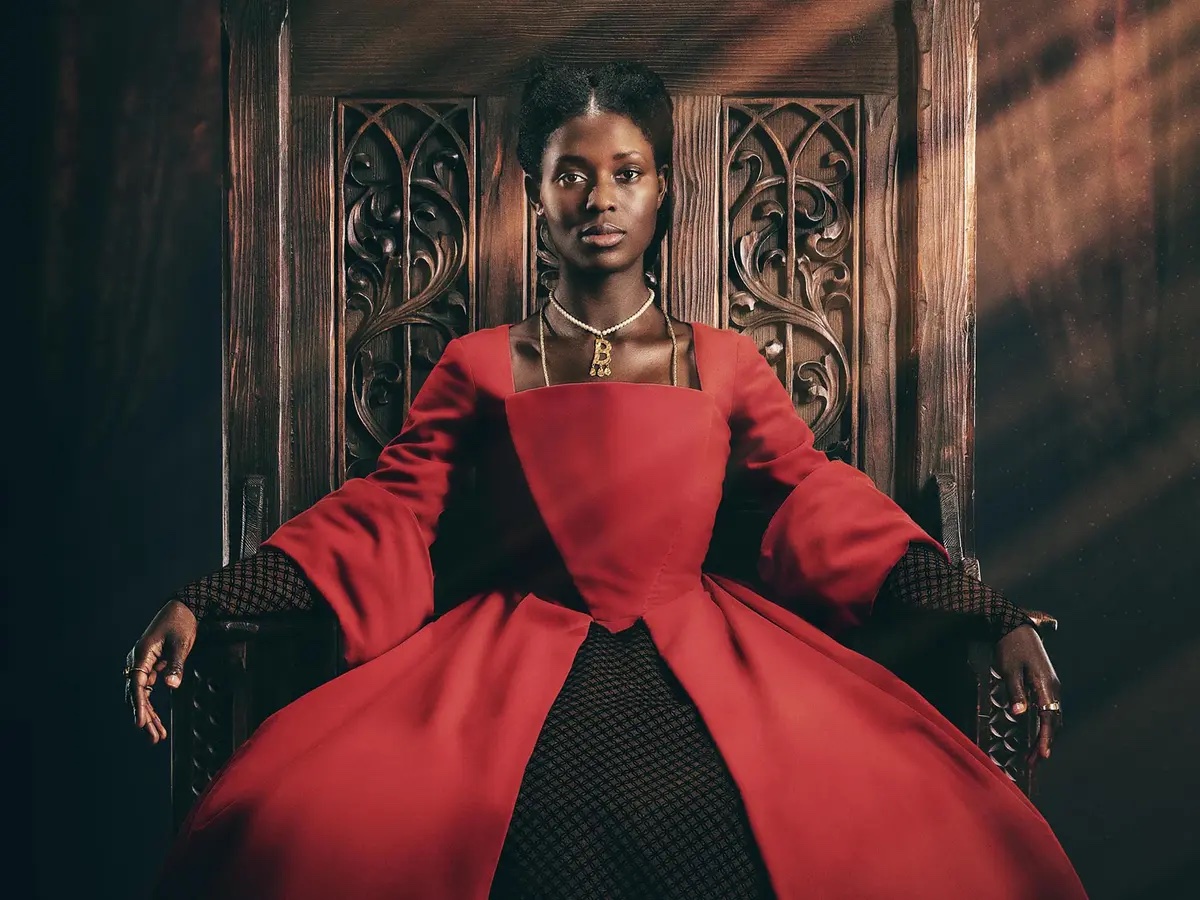
One reason why Cinderella worked was that it’s a fictional story. Just because the original characters were white doesn’t mean the story cannot be imagined with people of color since it’s fictional, and the story has been reimagined countless times over the years. This is the same reasoning people use to defend Halle Bailey as the choice for Ariel — it’s a fictional story that can be changed since the characters aren’t real. Another modern example that teeters on reality and fiction is Bridgerton. It’s a fictional story set in the real Regency period. Still, most audiences accepted the diverse cast because the subplot is that colonialism ceased to exist and the races embraced each other because, after all, it is a story.
Therefore, shouldn’t the vitriol toward reimagined characters be aimed at movie studios subbing in people of color for accurate historical figures? Well, that is what happened when Jodie Turner-Smith was cast as Anne Boleyn in a diverse reimagining of Henry VIII history. One look at the Twitter replies under the announcement will cause most people to gasp in shock at the sheer racism. Without the racist attitude, it is fair to say that casting people of color as white historical figures do not make the most sense, and apparently, most audiences agree with that. However, this take is again disproven by another modern example: Hamilton (2015-present). Hamilton should have received a mass amount of hate for portraying our white, slave-owning Founding Fathers as Black and Latinx people, and yet it’s one of the most successful Broadway shows in history. Could it be simply because the songs are catchy?
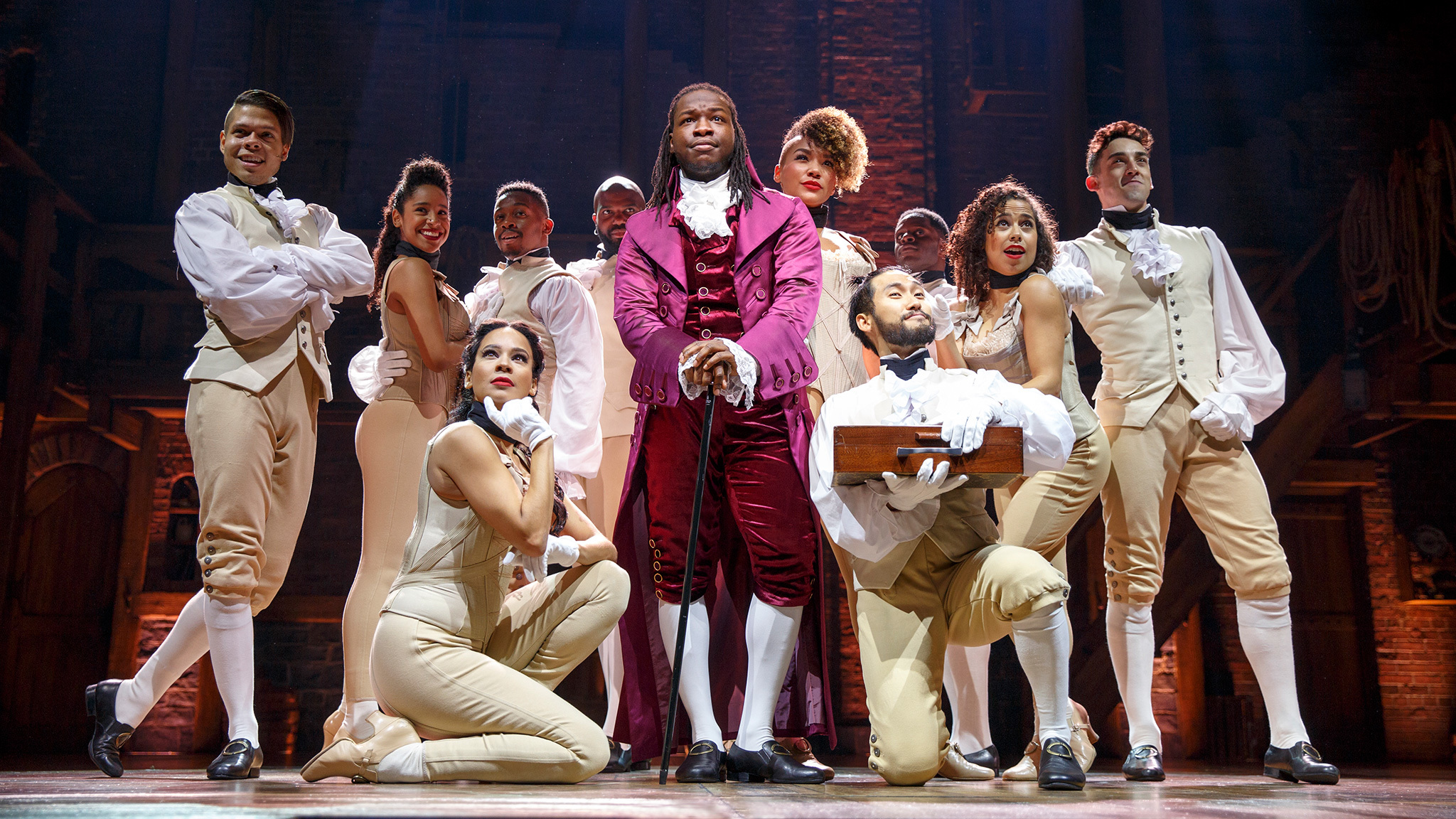
While that may be true, Hamilton received a certain amount of criticism for the color-blind casting, but that is a minority opinion with the vast number of fans who love the color-blind casting. So what is the difference between the color-blind casting of Anne Boleyn and Hamilton? Why do some audiences say the diverse casting of shows like Anne Boleyn were forced while others say that Hamilton was beautifully cast, and the diversity was well-integrated into the plot? Unfortunately, there is no succinct, concrete answer, which is the most frustrating conclusion to reach.
Is Diversity Forced?
Diversity in modern media is forced… sometimes. It all depends on intention. Did the movie studios cast this person of color/LGBT person/disabled person because the story called for it or because they genuinely liked the character to have that identity, or did they cast the person to score woke points with young people or cause a publicity stir? No publicity is bad publicity, and while they may get bad ratings, they made money at the end of the day from minorities who were desperate to see themselves onscreen. This is a prime example of forced diversity, and it is very transparent and called out immediately by social media. Diversity in modern media forced sometimes based on intention, but it’s also up in the air since it’s based primarily on how audiences react.

Certain pieces of media that cast diverse characters work, while others don’t, even if they did the same thing (e.g., Hamilton versus Anne Boleyn). There is no way to analyze what one studio did better than the other and why one seems forced while the other isn’t because they did the same with color-blind casting. They had the same logic — the only reason one is considered forced diversity is the audience. When diverse characters have good character development, are used respectfully in the story, are not stereotypes, and are treated fairly, not forced diversity. Eternals was not forced diversity.
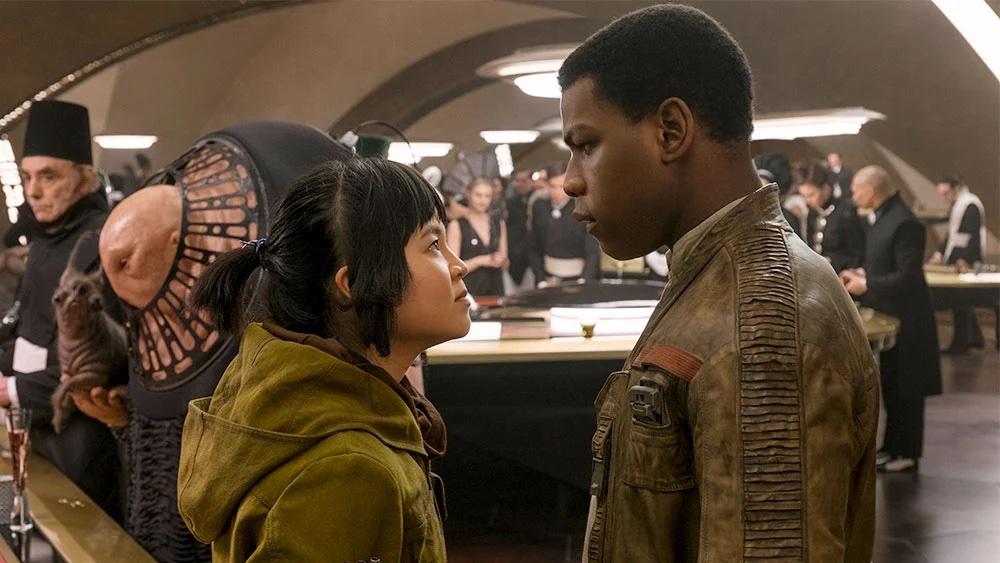
The characters were diverse because the future society itself is diverse. Marvel was introducing a diverse lineup simply because it made sense with the story (while, of course, trying to expand the diversity of their superheroes). What is forced diversity is when Marvel and Disney put out their “first x character” for the fifth time in a row, only for them to have at most 5 minutes of screentime where their identity is suppressed until the very end with a quick quip. That forced diversity rightfully leaves a bad taste in people’s mouths. But when considering adaptations of historical figures or fairytales, it’s all up to the audience to decide if that is forced or not. Media studios are at the whim of their audiences, and there’s no telling how they’ll react to a sincere adaptation of a Disney princess as disabled or a person of color.
Modern ways of introducing diversity are forced based on intention and audiences, and there is no way of telling where it will go. This is all the more incentive to watch whatever one wants and critique a show or movie based on the actual flaws, not basing it off the diverse casting choices. If critiquing the casting choices, the viewer must be mindful of why they don’t like them (i.e., don’t be racist). Suppose movie studios and audiences can work together to produce sound, diverse content that represents people while also creating a compelling storyline. In that case, the industry will perform above and beyond for the foreseeable future.
